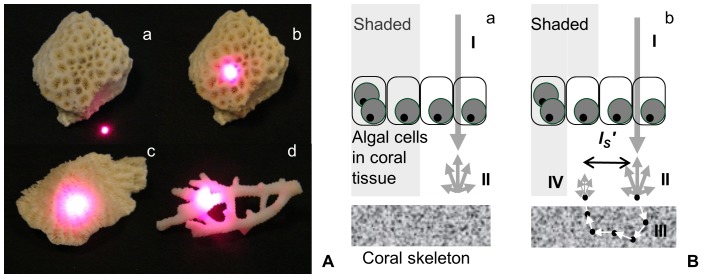Figure 1. Light transport in coral skeletons.
A – Visual demonstration of differences in light transport shown for three taxa as described in [10] by focusing a laser on (a) highly-absorbing black surface and on skeletons of (b) Leptastrea transversa, (c) Leptoria phrygia, and (d) Seriatopora caliendrum. Microscopic light-scattering properties of skeletons were measured using LEBS with a white light source. B – Schematic representation of the redistribution of light between sun-exposed versus shaded areas. Differences in light transport are shown for corals with (a) very high  skeleton and a (b) low
skeleton and a (b) low  skeleton. Skeletons capable of longer light transport (i.e. longer
skeleton. Skeletons capable of longer light transport (i.e. longer  or low
or low  ) are able to illuminate otherwise shaded areas in the colony and this increased redistribution between sun-exposed versus shaded areas of a colony may further amplify the light available to the algae: (I) downwelling light, (II) diffuse reflectance, (III) photon path (arrows) and sub-micron scatters (black dots), (IV) diffuse reflectance illuminating a shaded algal cell in the coral tissue: the skeleton serves as a secondary light source [9].
) are able to illuminate otherwise shaded areas in the colony and this increased redistribution between sun-exposed versus shaded areas of a colony may further amplify the light available to the algae: (I) downwelling light, (II) diffuse reflectance, (III) photon path (arrows) and sub-micron scatters (black dots), (IV) diffuse reflectance illuminating a shaded algal cell in the coral tissue: the skeleton serves as a secondary light source [9].

